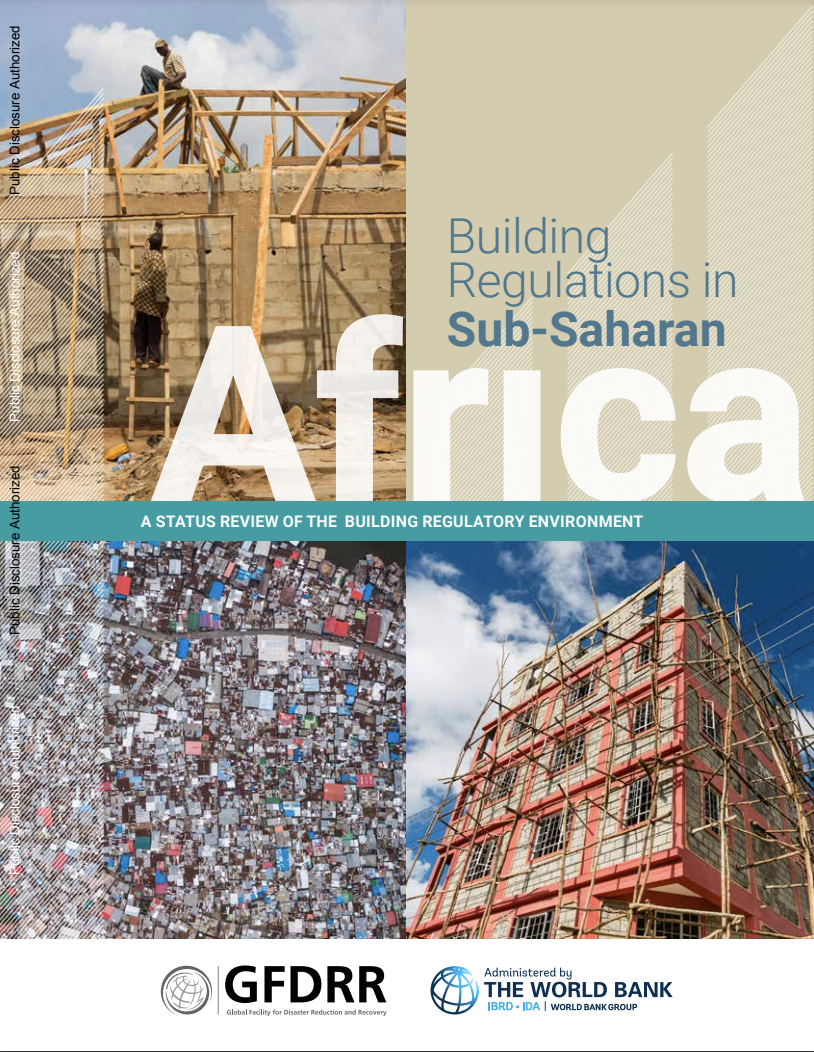Buildings should provide safe, comfortable, and healthy environments for people to live and work. They are an essential component of societies and economies, housing critical infrastructure necessary to keep governments and businesses in operation. At the same time, buildings are the first line of defense against natural hazards and climate impacts for the general population. The scope of this report is limited to regulatory frameworks in Sub-Saharan Africa countries, with a focus on buildings rather than on specialized construction types such as infrastructure for water, energy, transport, or communications. The report focuses on the technical aspects of the regulatory frameworks: market and financial solutions fall beyond its scope. Chapter 1 of the report describes the components, concepts, and desired outcomes of building regulatory frameworks. Chapter 2 explains the evolution of the building regulation environment in Sub-Saharan Africa and the region-specific hazards and risks that the regulatory environment must respond to. Chapter 3 presents data on the building regulatory environment for each country in the region. It covers all aspects of the building regulatory cycle: from the legally adopted building regulations that exist, to what they cover, to the implementation of regulations through compliance and enforcement mechanisms. Chapter 4 offers guidance on how to improve and update building regulatory frameworks. Chapter 5 contains region-specific conclusions and recommendations for strengthening building regulatory frameworks because of the analyses carried out in Chapters 3 and 4. Additionally, Appendix A summarizes key data for each country.
Building Regulations in Sub-Saharan Africa
A Status Review of the Building Regulatory Environment
May 23, 2023

